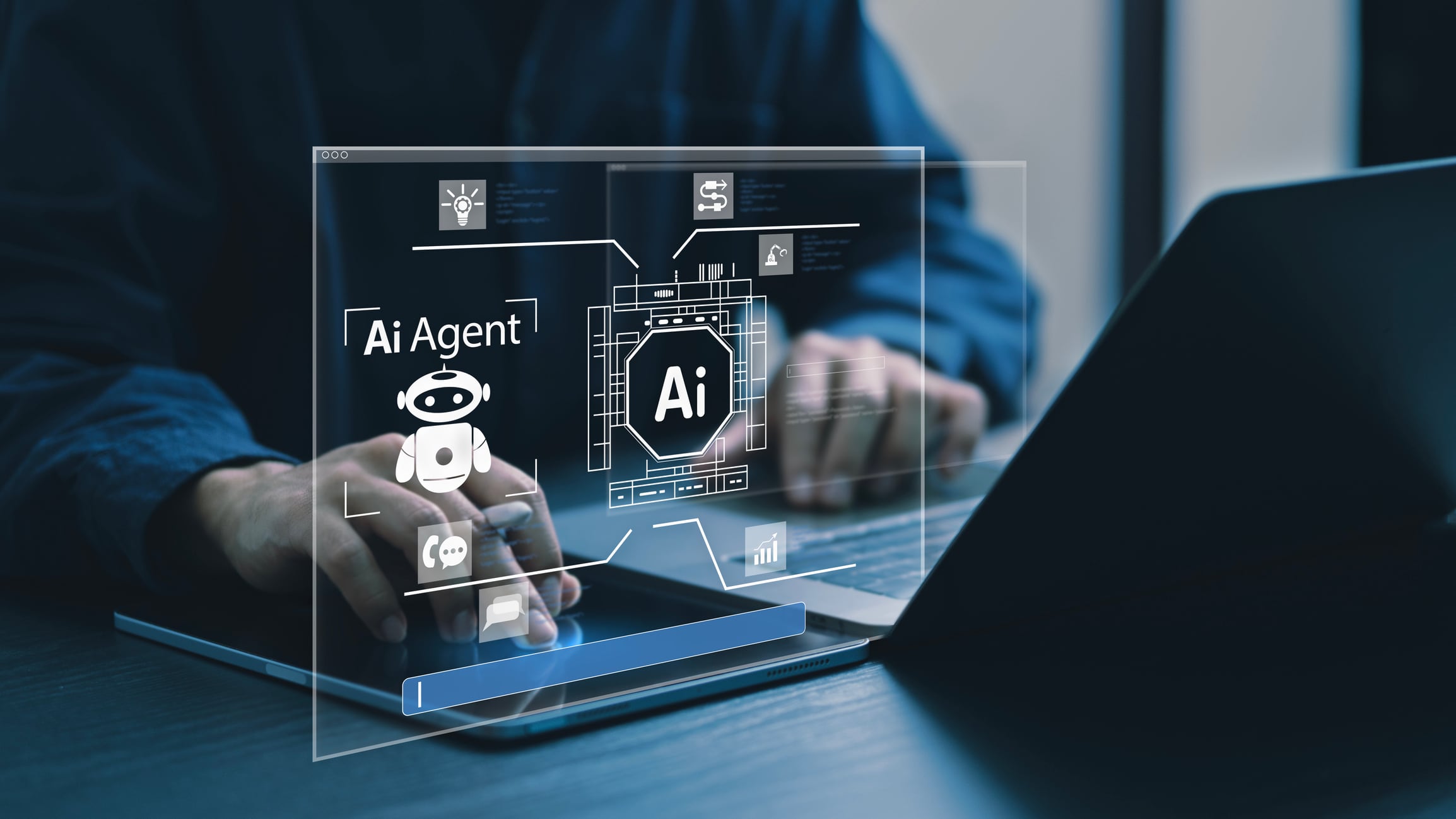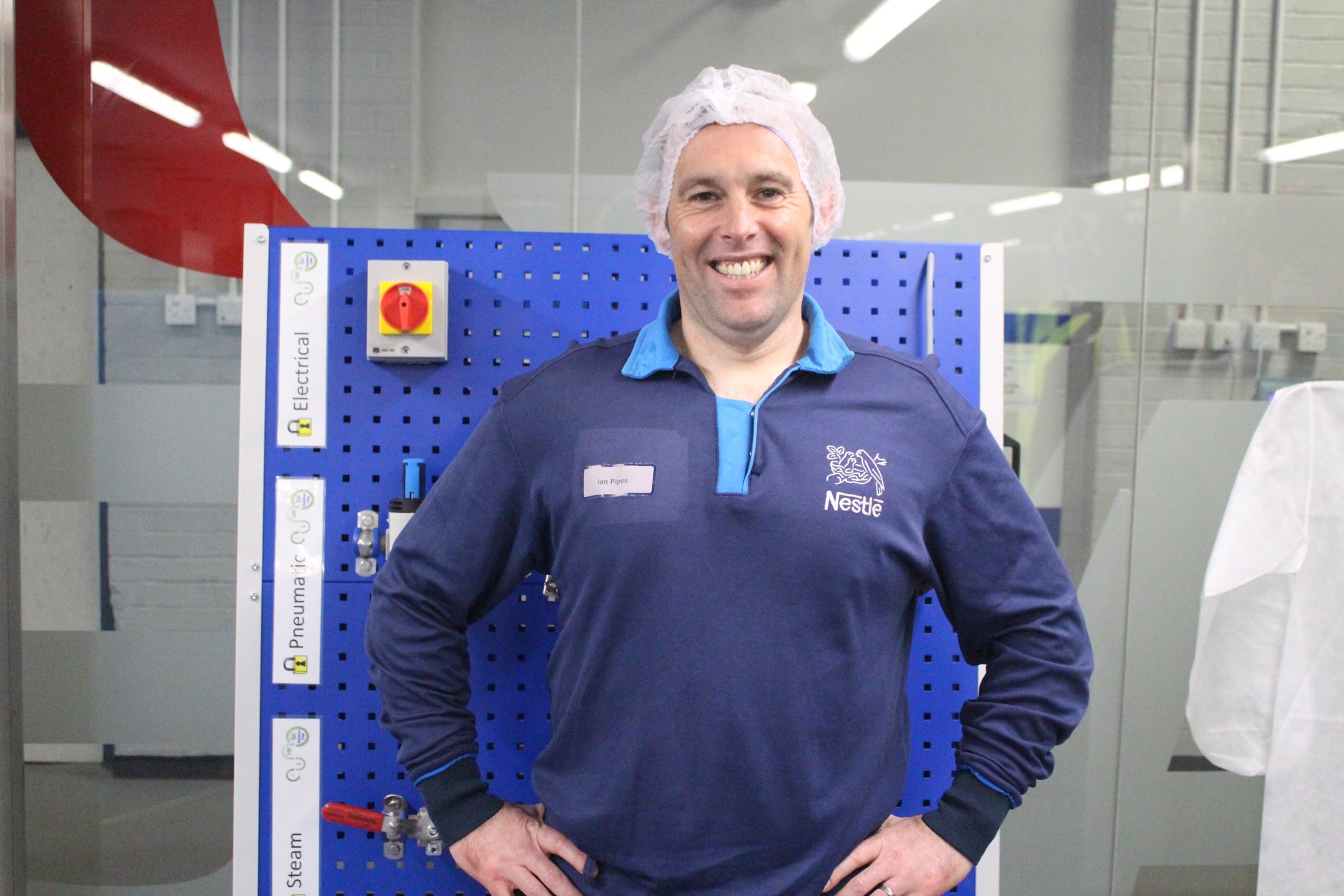Whilst artificial intelligence (AI) can be dated back to the pre-20th century, with Gulliver’s Travels depicting the idea of a machine that assists scholars to generate new ideas, it’s only in the last few that it’s become truly mainstream.
And recently, it seems that the pace of AI is accelerating at an exponential rate, with all industries keen to see how the technology can improve efficiency, reduce error, and offer more meaningful insights.
With the F&B sector facing increased pressures from all sides – whether it’s keeping pace with regulation, the ongoing labour and skills gaps, the thinner and thinner margins, or the need to drive sustainability, automation and AI offer a welcome solution.
But how ready are food and beverage producers for this next industrial revolution?
Well according to Sean Sims, vice president, automation & solutions at Tetra Pak, it’s a mixed picture – but adoption is generally leaning towards “slightly immature”.
The sector’s slower uptake compared to pharma, for example, isn’t necessarily bad though, as Sims advised: “Our industry has a big opportunity in front of it because we can take all the lessons of other industries and what they went through, and we can ‘short circuit and just get to the success’.”
In fact, a big part of Sims joining Tetra Pak in 2022 was to bring some of that ‘other industry’ know-how into F&B. Before joining the company, he spent 28 years in process automation in industries such as oil and gas, petrochemical, chemical and pharmaceutical.
His insight – alongside a vast team of experts inside and outside Tetra Pak – has played a key role in helping the company develop its latest solution, the Tetra Pak Factory OS.
How AI ready are you?
This new technology, which was launched at the 2025 Gulfood Manufacturing event, connects equipment and systems throughout the factory to bring once fragmented data together.
At its core, the technology is helping manufacturers – whatever their size – to be prepared for a fast-changing digital world.
The catchphrase Tetra Pak is using is #AIReady.
“We have this hashtag ‘AI Ready’ because there’s so much today that we don’t know about AI. What we see in front of us today is not what we’ll have in one month, or three months or 12 months,” Charles Brand, executive vice president, processing solutions & equipment at Tetra Pak told Food Manufacture.
In other words, factories need to be prepared for rapid and extreme change. Part of that is getting their data in order.
Sims agreed: “AI ready factories are factories that can serve up the data that is required.”
He continued: “You can’t have stranded assets in your data stream because if you do, you miss a piece of the picture.
“The second piece is having contextualised data. In the past, what a lot of companies built was a data lake and they just dumped all the data into it; it was totally unstructured. And then they unleashed the AI onto the data and were presented with the challenge of identifying patterns and trends.”
What Tetra Pak’s new ecosystem promises is contextualisation.
“Rigid context – so the AI tools are much more efficient,” elaborated Sims.
“The AI ready factory has the infrastructure that is scalable. What we try and do is shrink down the infrastructure required to meet the challenge that we’re trying to solve.”
In other words, the technology is designed to be focused and expand with both the business using it and as technology advances.
Is AI worth the investment?
The scalability of this technology is also what makes it an effective ROI, according to Sims.
And whilst he appreciates that the manufacturing sector needs to look after its capital in this tough economic climate, he also reasons that digital transformation has become a business imperative.
“The lowest risk situation is for your business to do nothing – doing nothing costs you nothing. But I would contend that in this world of digitisation, standing still is going backwards. It’s almost becoming a right to play to be involved in these digitalisation initiatives.
“The best time to invest in this type of technology was actually five years ago, the second best time is tomorrow. The companies that leave it realise they need the investment when they’re at a disadvantage compared to competitors.”
Global stock markets have fallen due to concerns that a boom in AI valuations, which could mean we could see some cooling off or consolidation. So it really a good time to invest?
“There may well be a correction,” Brand responded – but he also believes the foundations of what AI can do isn’t something to shy away from.
He added: “I also think sometimes there’s a bit of discussion about what it can’t do, and I say, well actually I don’t really care what it can’t do because already today it can do 100 times more than I thought it could. So let’s focus on the things it can do and make them real – and that is going to deliver value to our customers.”
Human augmentation
Brand envisions a future where technology serves as an “augmentation” for the humans that are working in the factory.
In other words, an environment in which a factory operative can say ‘I’ve got an issue’ and the AI agent (smart assistant) can provide instructions.
With this kind of technology, new and faster approaches will be possible – but Brand also believes it’s going to give way to much more “interesting” and “accessible” careers.
“Today when you bring someone into the factory, you have to train them and then you have to retain them. And here you’ve got lots of interesting technology that has the ability to support individuals and make the job more interesting and satisfying and make them more efficient,” he said.
“Just think of the capabilities in the control room of the factory – something’s gone wrong and you’ve lost six hours of production, how are we going to make that up in production, what’s the best and most efficient way [to do that]? Just think how quickly ChatGPT gives you an answer [today]; by having the factory described in a proper mathematical way, the AI will be able to say, ‘this is the ideal way of rescheduling the operations’.”
Of course, this kind of change will have a big impact on your operations and as such the teams powering them – especially in brownfields (older sites) where things have been done in a certain way for some time.
“AI is one of the most invasive things you can do,” Sims acknowledged. “So getting the whole company around the vision and the practical roadmap is super important.
“You have to start by getting people behind the transition and the best way to do that is classical change management – start with something that’s a high impact success story and just market it far and wide throughout the organisation. And then start building on that success and start connecting it together so that people can start bringing in the value themselves.”
The fact is that AI will inevitably invite big change, but change isn’t always bad. And no matter your opinion on the tech, it isn’t just coming – it’s here. So, if you haven’t already started preparing for the revolution, you better do so quickly.




